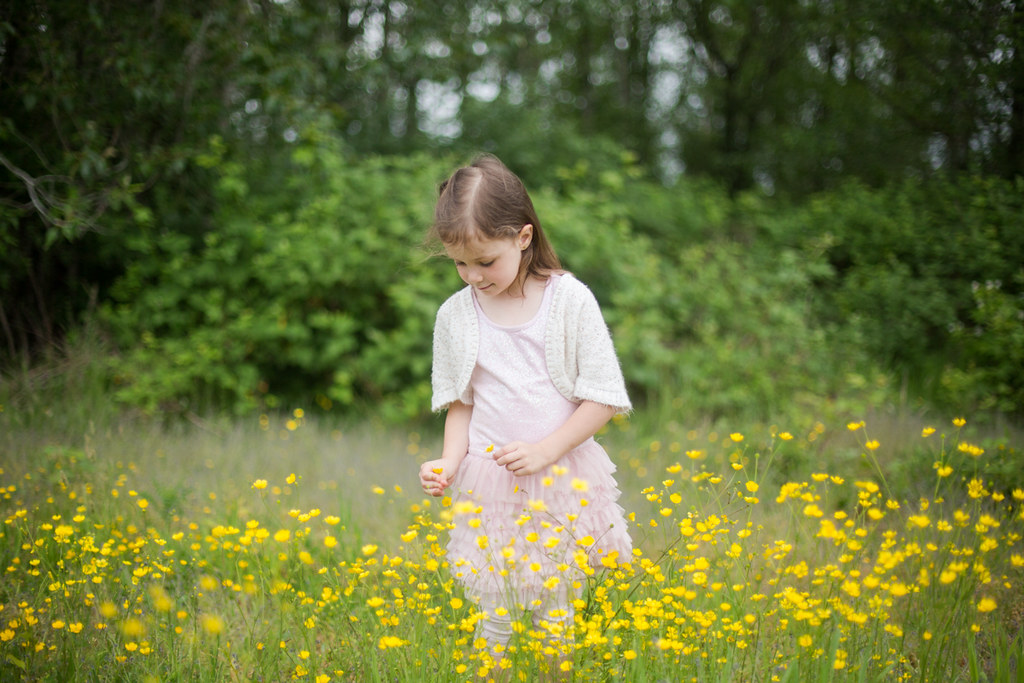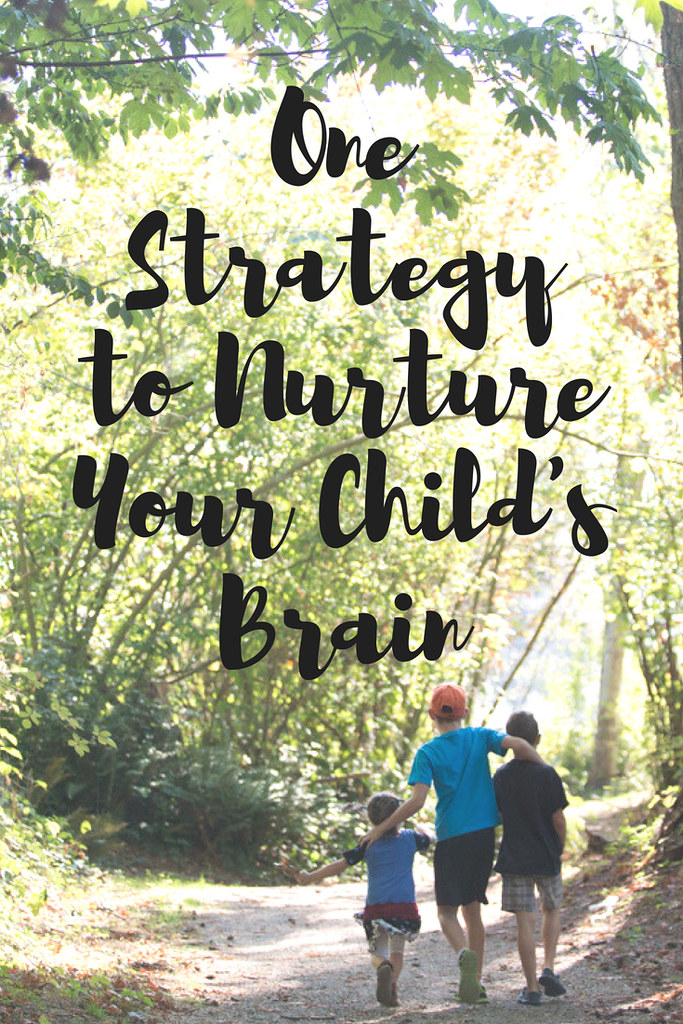I recently read The Whole-Brain Child: 12 Revolutionary Strategies to Nurture Your Child's Developing Mind by Daniel Siegel, M.D. and Tina Bryson, Ph.D where they offer twelve strategies to help understand and develop your child's mind. I'm sharing one basic strategy here which involves working both sides of the brain, the logical left and emotional right, for the overall best usage of your brain. Here are two main ways to do this if your child is hurt, upset, stressed or really any other emotion.
#1: Connect and Redirect.
Step 1: Connect with the right. Meet their emotion with a calm emotional response. Acknowledge their feelings with empathy and non verbal signals like a hug and eye contact with your listening. Instead of saying "You're fine" "Don't worry about it" "Well, that's why I told you to wear a coat" etc, take a minute to recognize how they are feeling. "That does sound hard" or "Oh, that must have hurt" would make me feel a lot better! There are times where the child's behaviour is outright disrespectful which does not need to be treated with the "connect with the right"; know what are the inappropriate behaviours are in your family.
Step 2: Redirect to the left. After an empathetic response and a general calmness you can go through a logical explanation which shifts to the facts. Empathy first and then set the boundary.
#2: Name It to Tame It.
Sometimes a child can get so wrapped up in a feeling that they cannot move past it. It helps to retell the situation as a story bringing the right brain and left brain together; both feelings and facts. If we talk through the situation with them we can ask questions to add narrative details (colours, time, smells etc) and ask "Then what happened?" to help facilitate it. This helps the child to see that there was more to it and that there was a way through the experience. Finally, acknowledge the feeling and give it a name. You may feel hesitant to revisit a scary situation but it is important for the child to work through it.
I can think of several examples just in the past week where we have used this technique. In one, our six-year-old daughter got lost while hiking and both her and I were pretty terrified. Talking through it with a fellow adult aftewards helped me (both how I was feeling and then what the logistics were) and going through it with her once we were calm was useful as well. We put together a timeline, outlined the steps that she took (both in how she felt and what she saw and heard) and how daddy found her. We then talked about what we will do in the future and how we will always stop and stay where we are so the adults can find her. However, for our inital reunion, there was a lot of "connecting with the right"– emotion met with emotion and empathy.
As parents it's important to think about our own approach: Do we tend to dominate with our right (emotional) or left (logical explanations/facts)? If we can integrate both sides it will help ourselves and our children. Thoughts?
Love,
Louise.jpg)



No comments:
Post a Comment